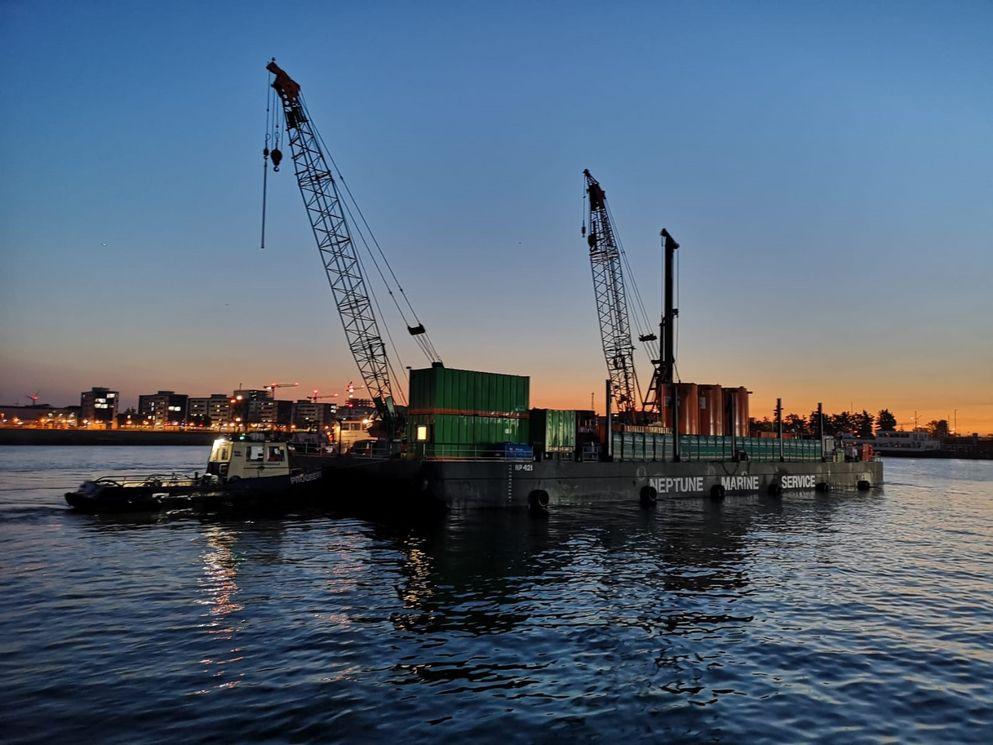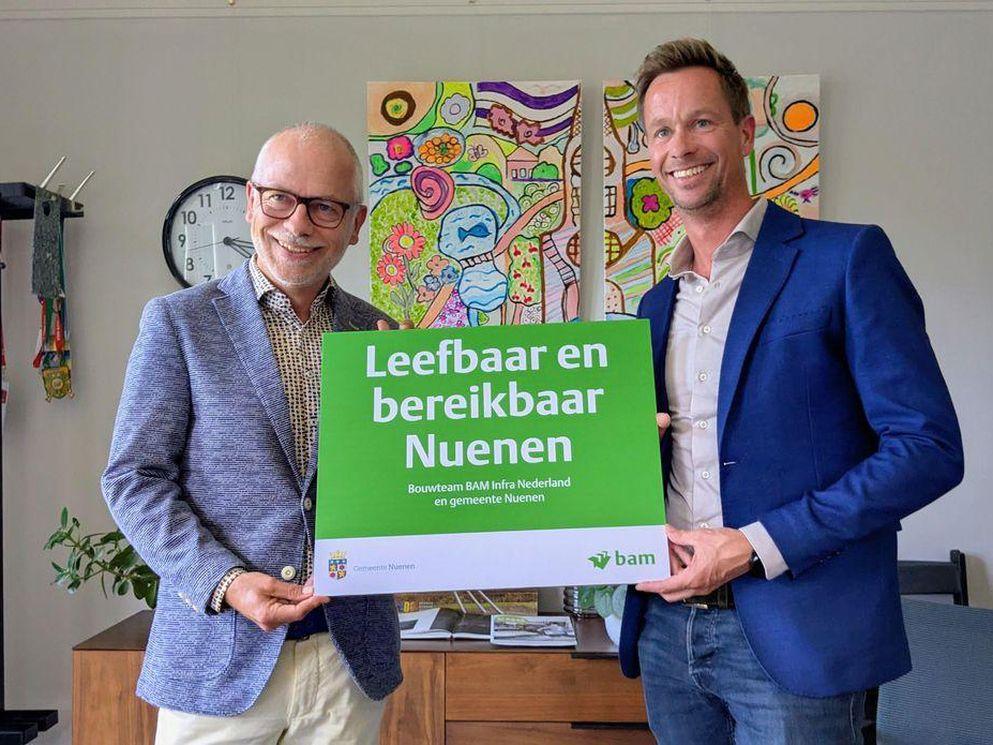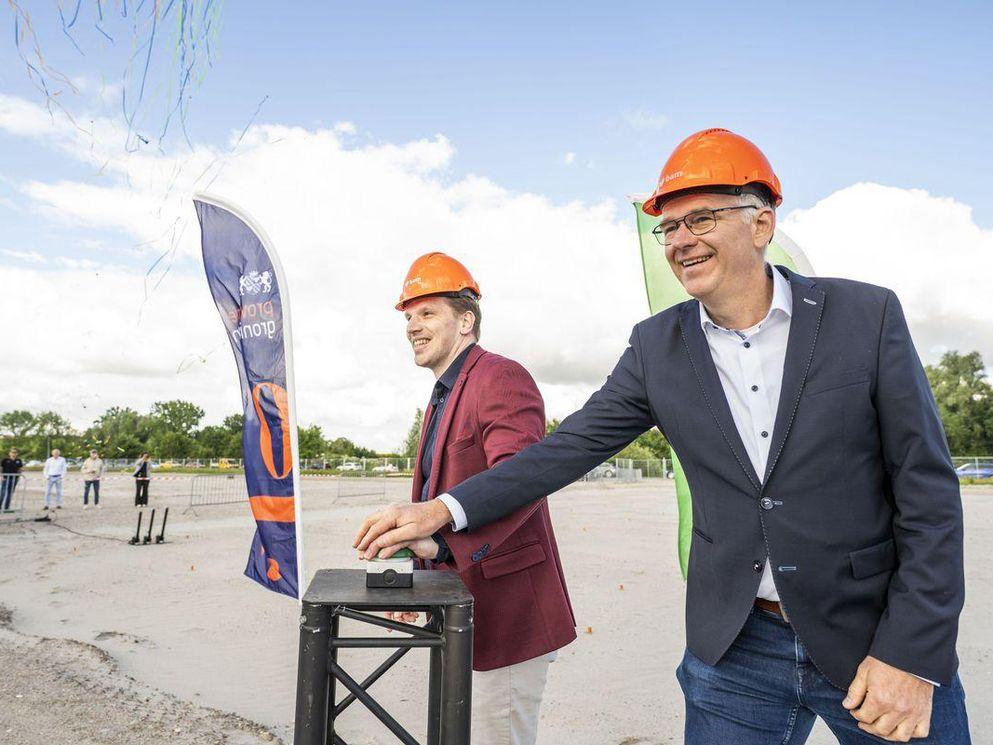Soaring success for BAM as London City Airport improvements completed

Sustainable construction methods deliver increased flexibility for Docklands airport
London, 21 January 2021 The quieter skies brought about Covid19 travel restrictions have given BAM the chance to complete their part in a £500m investment in London City Airport, one of the largest inland marine projects in Western Europe.
The major development programme has allowed the airport to transform facilities, enabling it to become one of the most sustainable airports in the UK. BAM has been responsible for the main civil engineering works, which started in January 2018, and has enabled the construction of eight new aircraft stands, a parallel taxiway, and extensions to the east of the existing terminal building. The extension will add an additional 75,000m2 to the airport footprint, which will provide more space, facilities and choice for passengers.
With passenger numbers reaching 5 million in 2019, London City Airport is the 14th busiest in the UK and had far exceeded its original annual capacity of 1 million. The airport’s location on the bank of the River Thames presented limited options for the airport’s expansion. After extensive consultation and research, the least environmentally and ecological intrusive method was identified for the construction of the new taxi lane and aircraft strands.
The chosen method involved the installation of 1,059 piles which were installed in the King George V dock using marine piling barges, while the airport was kept operational. The concrete deck was delivered using more than 6,000 pre-cast sections and nearly 20,000m3 of air entrained in-situ concrete.
Dan Hockey, BAM Project Director said:
‘From the outset, sustainability was a key consideration not only for the future of the airport but also for the team delivering the project. The airport’s location in London’s Docklands meant that delivering and removing materials by barge helped us avoid in excess of 1,170 lorry journeys. However, the proximity to the river also presented some risks.
The water quality of King George V dock was closely monitored throughout the project and we adapted our methods to reduce the risk of pollutants reaching the river. We were pleased to complete the project without any incidents of pollutants entering the water.
We were able to re-use over 5,000t of excavated material thanks to the innovative use of a biodegradable polymer mix to support our piling operations. In excess of 26,000 tonnes of spoil were removed by barge and delivered via river to a restoration project located within the Rainham Marshes, further along the Thames estuary. The marshes are an RSPB and Natural England managed site where the spoil is being re-used to enhance and safeguard the habitat for bird species.
Sustainable construction was important to us, to our client and to the local community but leaving the legacy of a more sustainable airport was equally important. We used Building Information Modelling (BIM) to decrease our environmental impact during construction and to identify efficiencies that were incorporated into the final design of the new infrastructure.
We are proud to have contributed to the airport’s continued success, transforming facilities, adding capacity and creating the infrastructure required to accommodate the latest generation of cleaner, quieter, more fuel-efficient aircraft.’



